On Saturday May 10 more than fifty associates of three religious congregations – Mercy, Presentation and Redemptorist – gathered in the Recreation Hall at Littledale for retreat. Anne Walsh facilitated the day, using the theme: Hope, the Call of the Associates, with a focus on associates as missionaries of hope to one another and to the world.
 “Come to me all you who are weary and I will give you rest. Take my yoke you and learn from Me …” (Matthew 11:28-30) provided a reflective entry into the retreat. Times of prayer, silent reflection, table discussion and a shared meal made the day very meaningful, enriching and hope-filled for all participants.
“Come to me all you who are weary and I will give you rest. Take my yoke you and learn from Me …” (Matthew 11:28-30) provided a reflective entry into the retreat. Times of prayer, silent reflection, table discussion and a shared meal made the day very meaningful, enriching and hope-filled for all participants.
The associates wish to express their deep gratitude to Ms. Anne Walsh, Ms. Barbara Hawley, Sister Sandy Butler, Ms. Deirdre Greene Lono and Sister Maureen O’Keefe and all who assisted in making the day such a wonderful experience of prayer, mutual support and community building. An added delight to the day was the availability of a newly installed kitchenette in the Recreation Hall.
El sábado 10 de mayo, más de cincuenta asociados de tres congregaciones religiosas -Mercy, Presentation y Redemptorist- se reunieron en el salón de recreo de Littledale para un retiro. Anne Walsh facilitó el día, usando el tema: Esperanza, la llamada de los asociados, con un enfoque en los asociados como misioneros de esperanza unos a otros y al mundo.
«Venid a mí todos los que estáis cansados y yo os daré descanso. Llevad mi yugo y aprended de mí…» (Mateo 11:28-30) proporcionó una entrada reflexiva al retiro. Los momentos de oración, reflexión en silencio, debate en torno a una mesa y una comida compartida hicieron que la jornada fuera muy significativa, enriquecedora y llena de esperanza para todos los participantes.
Los asociados desean expresar su profunda gratitud a la Sra. Anne Walsh, la Sra. Barbara Hawley, la Hermana Sandy Butler, la Sra. Deirdre Greene Lono y la Hermana Maureen O’Keefe y a todos los que ayudaron a hacer del día una experiencia maravillosa de oración, apoyo mutuo y construcción de comunidad. Un placer añadido a la jornada fue la disponibilidad de una cocina recién instalada en el Salón de Recreo.


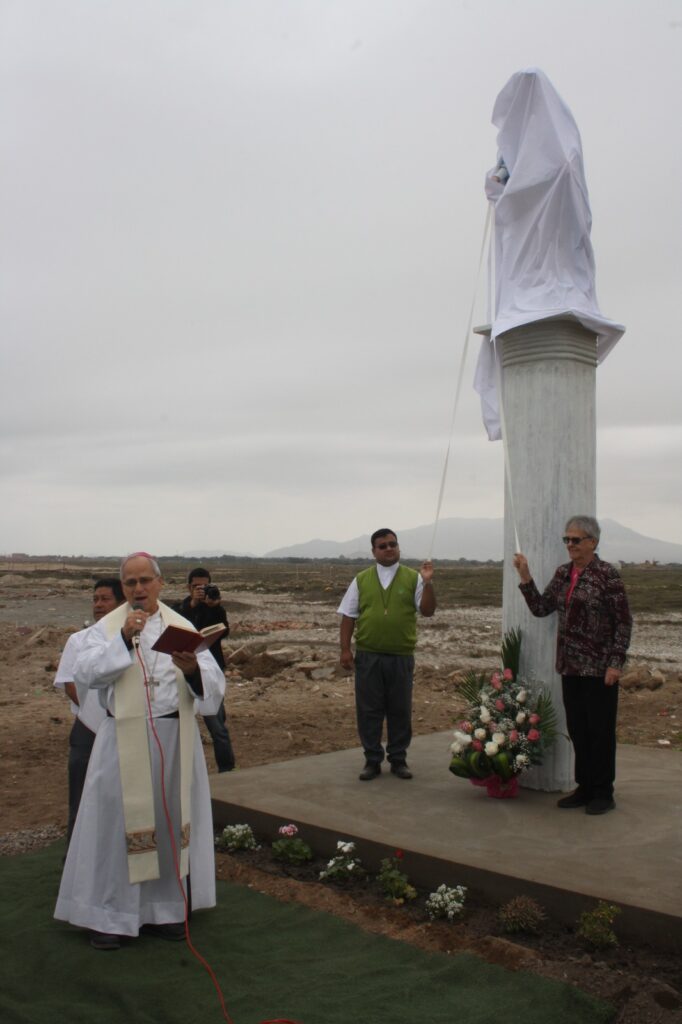
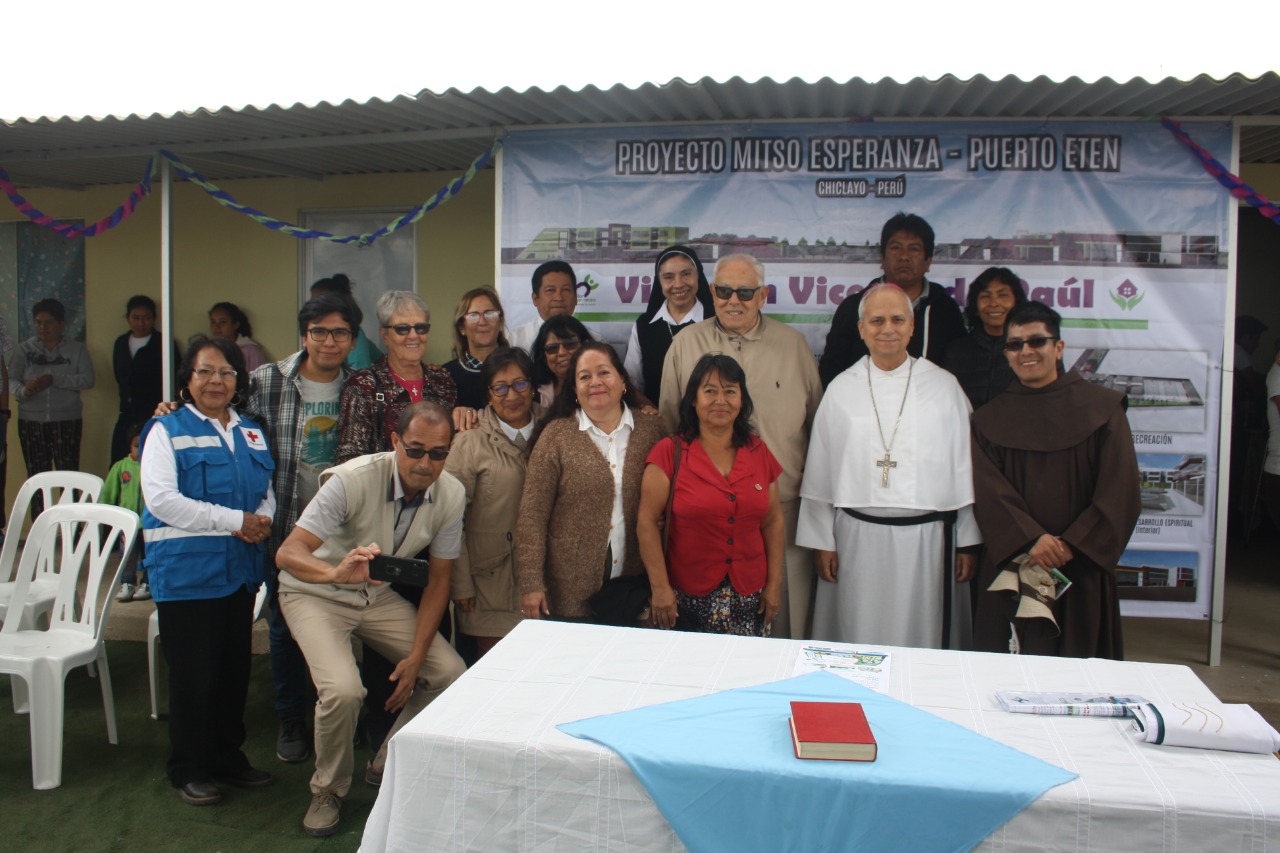

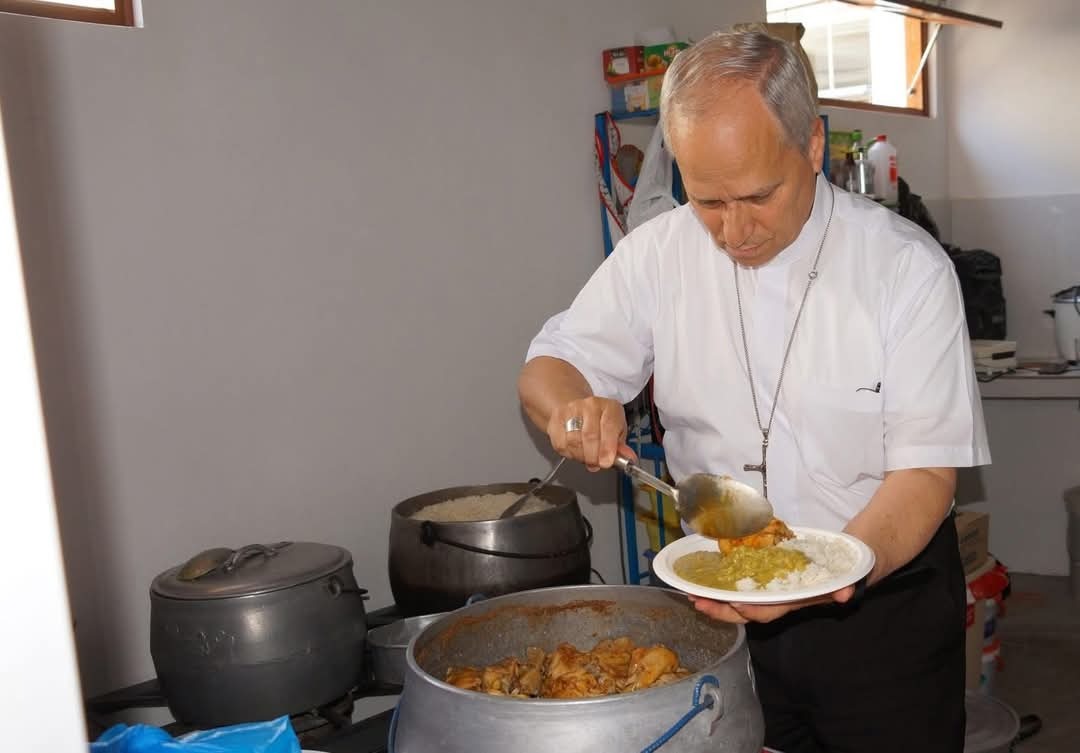

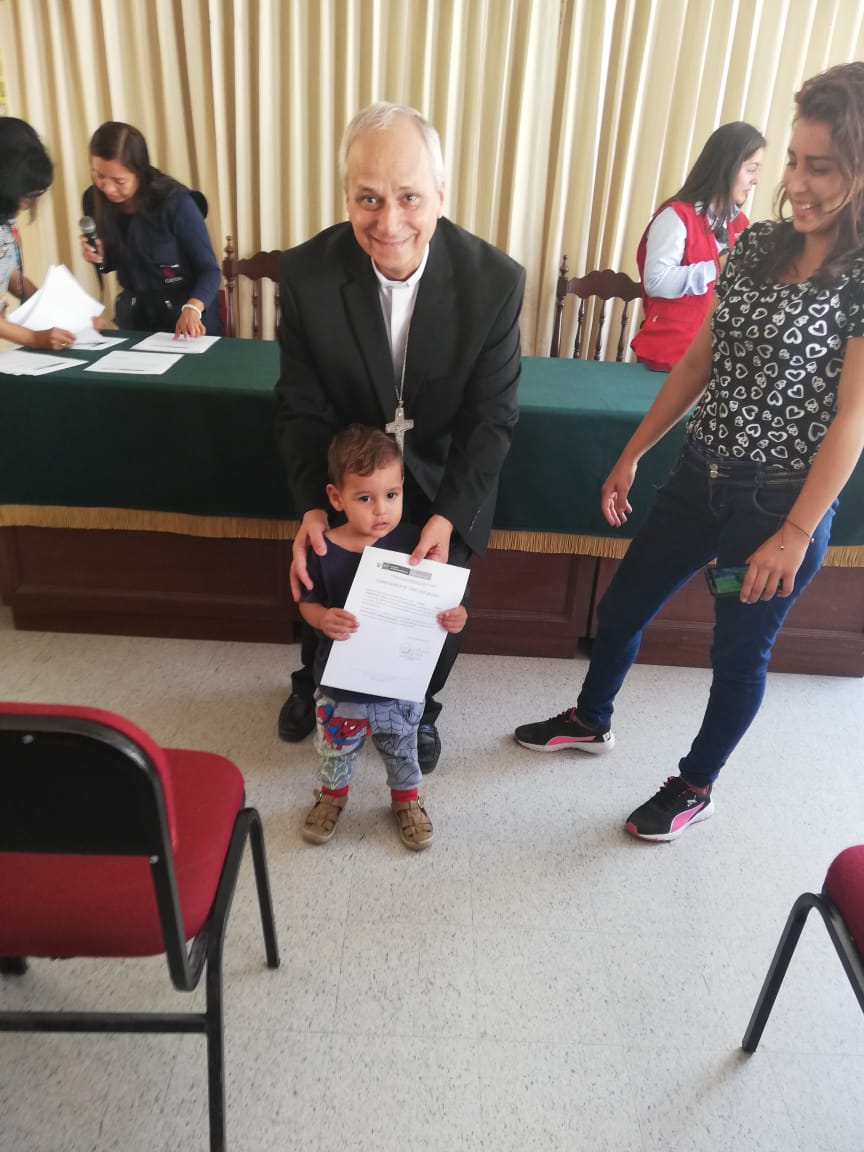
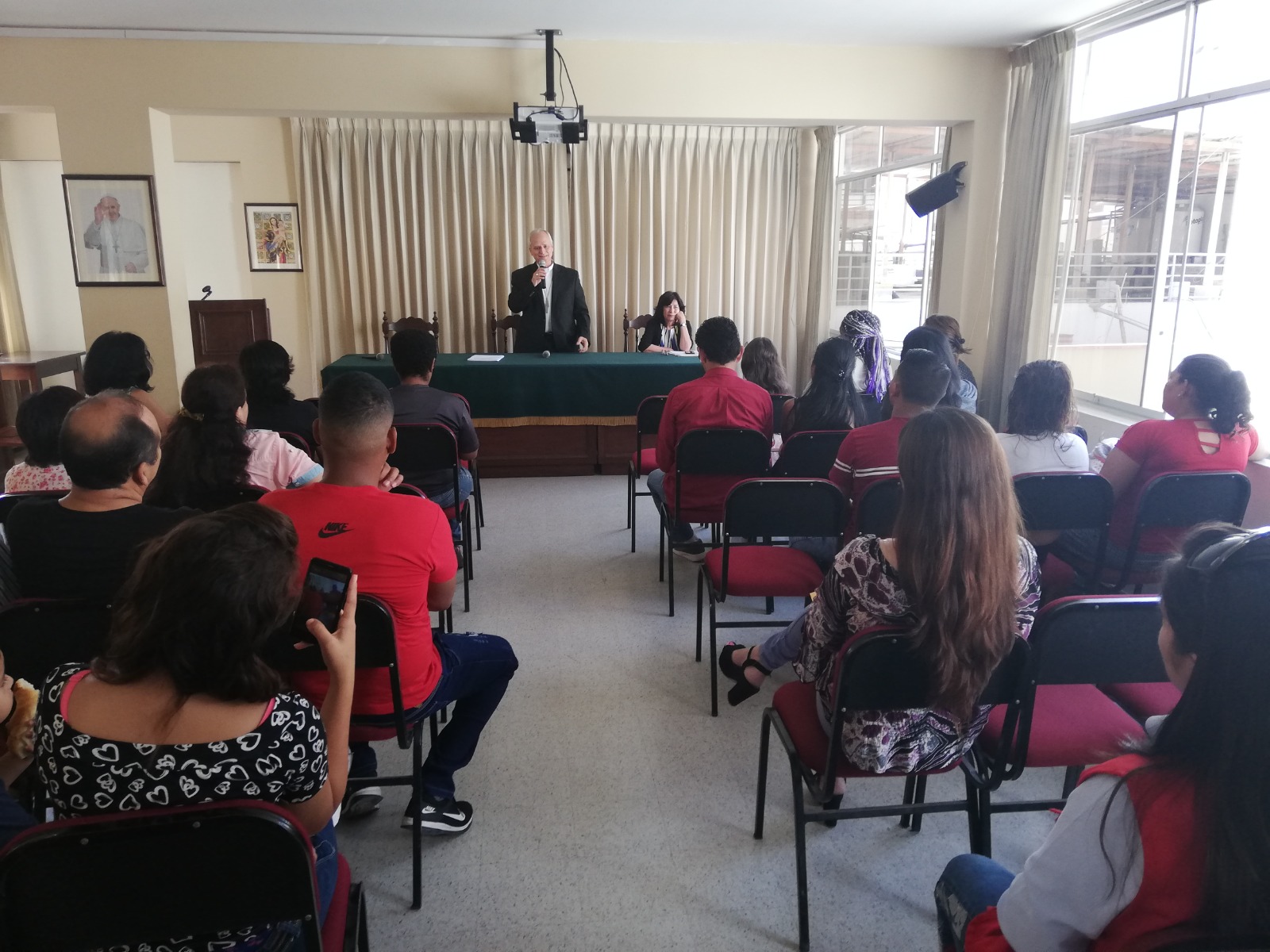
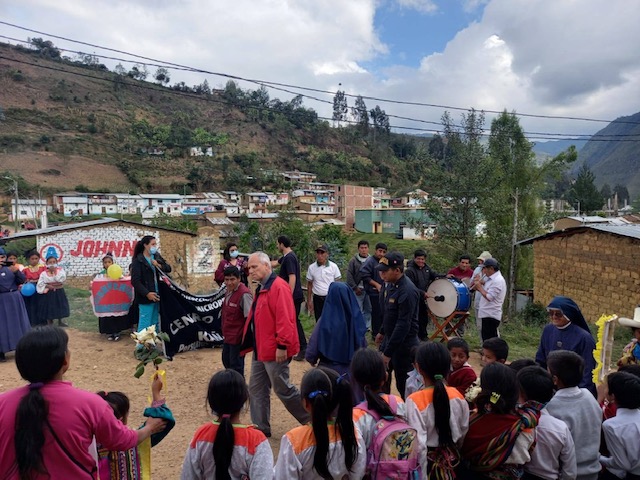
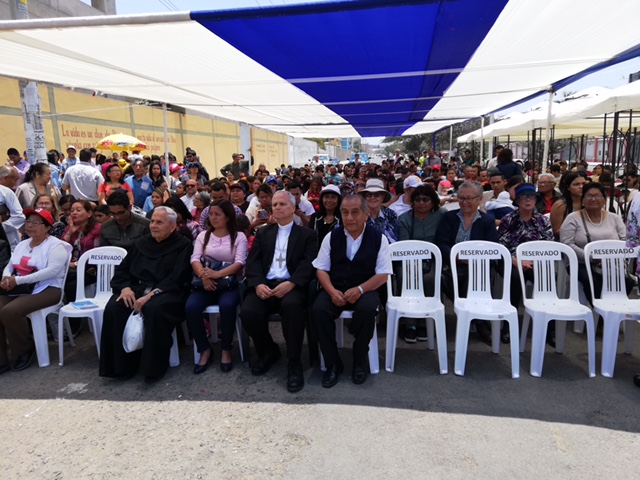

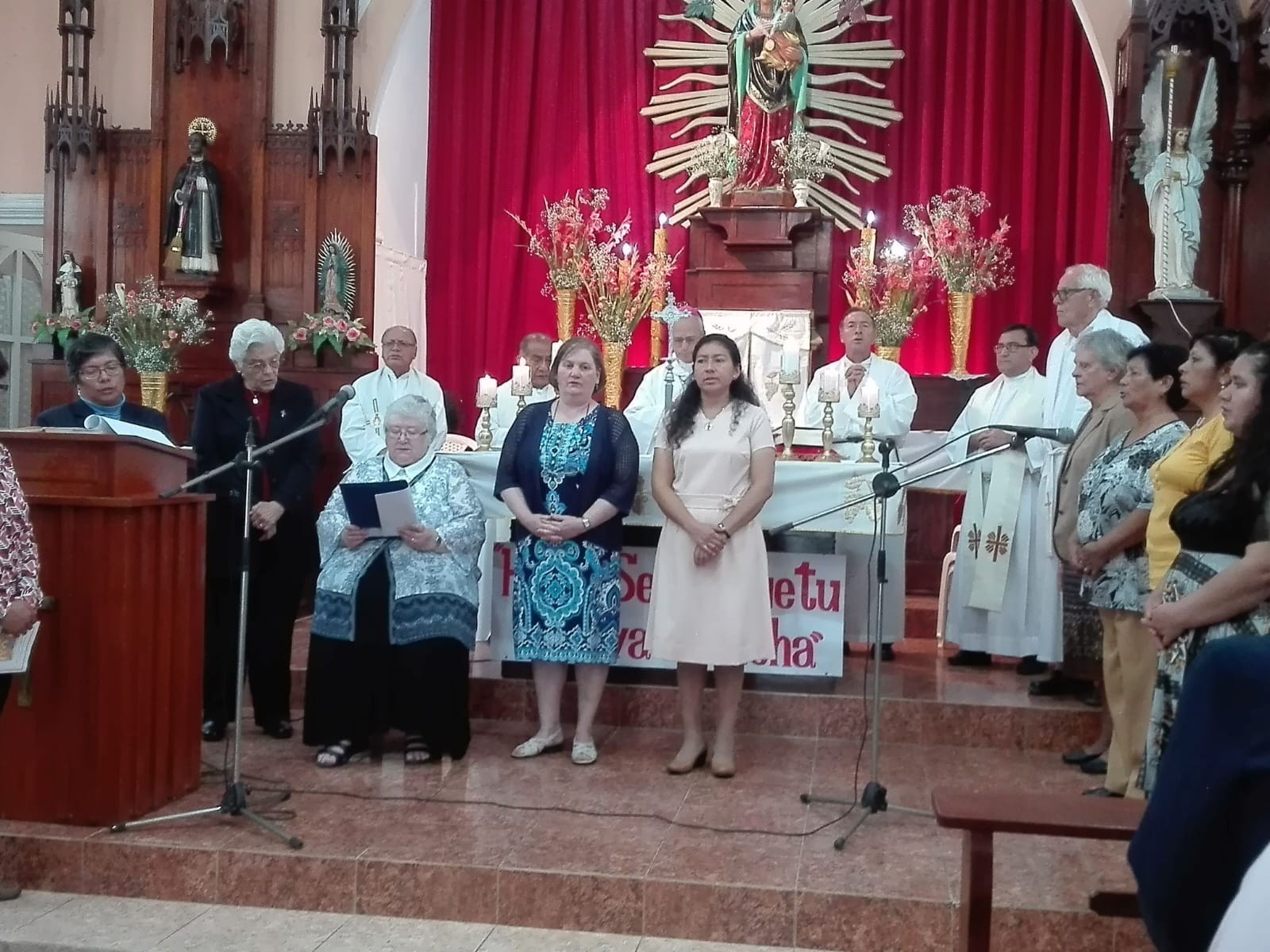
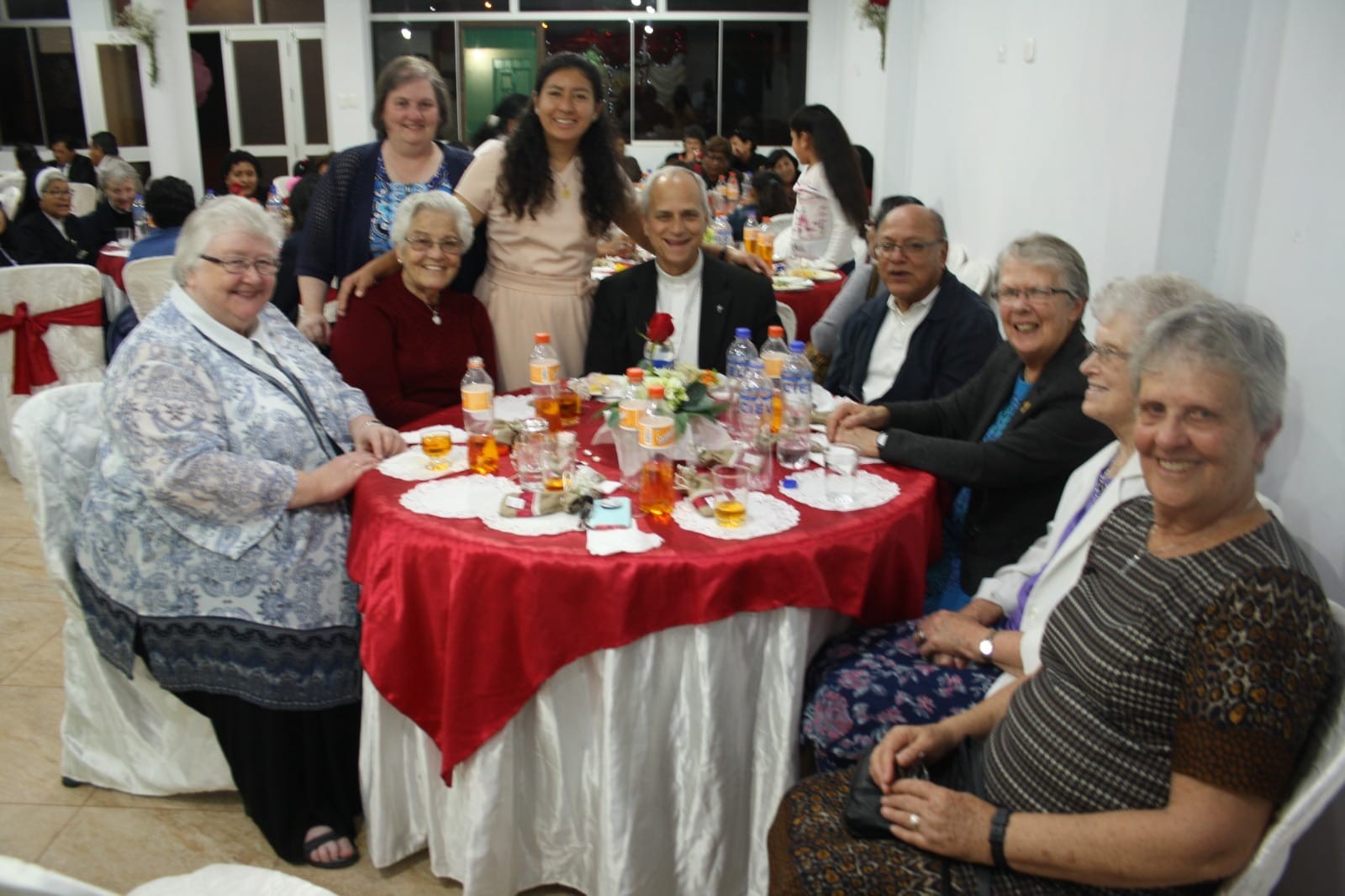
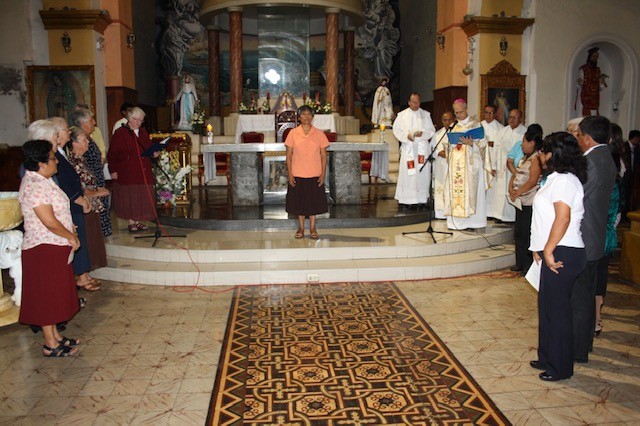
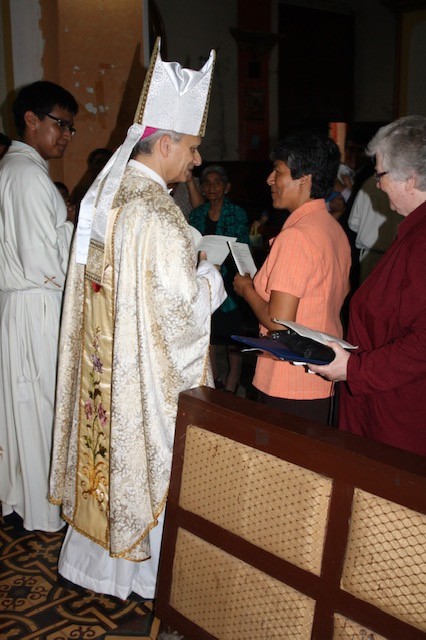

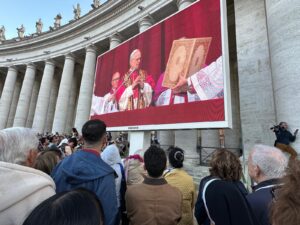
 The conclave (meeting of the Cardinals) will take place in the Sistine Chapel. The date for commencement of this process follows the official nine days of mourning following the death of Pope Francis.
The conclave (meeting of the Cardinals) will take place in the Sistine Chapel. The date for commencement of this process follows the official nine days of mourning following the death of Pope Francis. This year’s theme Unmasking Mental Health encourages people to recognize that hiding mental health challenges can lead to increased isolation and stigma. It also reminds us of the need to look beyond the surface and see the whole person.
This year’s theme Unmasking Mental Health encourages people to recognize that hiding mental health challenges can lead to increased isolation and stigma. It also reminds us of the need to look beyond the surface and see the whole person. We give thanks for his humility, wisdom and vision for a synodal church. We are inspired by his Gospel witness of mercy, peace, reconciliation and compassionate care for all, particularly the poor, the migrant and marginalised and his call to action on the climate crisis, reminding the world of our shared responsibility to care for our common home.
We give thanks for his humility, wisdom and vision for a synodal church. We are inspired by his Gospel witness of mercy, peace, reconciliation and compassionate care for all, particularly the poor, the migrant and marginalised and his call to action on the climate crisis, reminding the world of our shared responsibility to care for our common home. Using the image of water, this year’s observance compares the contributions of volunteers to the power of water to affect the world’s’ ecosystems. This week gives Canadians an opportunity to recognize and celebrate all the ways volunteers create ripples of change in our society.
Using the image of water, this year’s observance compares the contributions of volunteers to the power of water to affect the world’s’ ecosystems. This week gives Canadians an opportunity to recognize and celebrate all the ways volunteers create ripples of change in our society. Prayers for the Sick, Resources from the Wisdom Circles, Items of Interest, Important Dates, Welcoming May, An Archival Moment and a delicious Ham Pot Pie recipe are among the many topics covered in our latest issue.
Prayers for the Sick, Resources from the Wisdom Circles, Items of Interest, Important Dates, Welcoming May, An Archival Moment and a delicious Ham Pot Pie recipe are among the many topics covered in our latest issue.